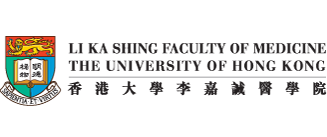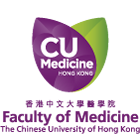Home > Chapters
Chapters
Part III: Guidelines for selected antimicrobial use
3.7 Carbapenems
3.7.1 Indications for using imipenem / meropenem / ertapenem
- Therapy of infections attributed to ESBL-producing bacteria (such as E. coli or Klebsiella spp.) such as:
- Bacteraemia with isolation of ESBL-producing bacteria from blood culture.
- Deep-seated infection with isolation of ESBL-producing bacteria from normally sterile body site or fluid (cerebrospinal fluid, peritoneal fluid, pleural fluid, joint fluid, tissue, pus, etc.).
- Nosocomial pneumonia, as defined by CDC guidelines, with isolation of ESBL-producing bacteria in a significant quantity, from a suitably obtained, good quality respiratory tract specimens1.
- Empirical therapy of neutropenic fever in high-risk patients. (As ertapenem has no anti-pseudomonal activity, it should not be used as empirical therapy of neutropenic fever patients or patients with non-fermenters infection such as Pseudomonas aeruginosa and Acinetobacter spp.)
1Footnotes
Colonisation of the respiratory tract by ESBL-producing bacteria, especially in mechanically ventilated patients is common. Antimicrobial therapy of colonisation is not indicated. Isolation of ESBL-producing bacteria at the indicated quantity and specimen type is suggestive of infection rather than colonisation (in descending order of clinical significance):
- 102–103 CFU/mL or moderate/heavy growth for protected specimen brush.
- 103–104 CFU/mL or moderate/heavy growth for bronchoalveolar lavage.
- Moderate/heavy growth for tracheal/endotracheal aspirate specimens with ++ to +++ white cells and absent/scanty epithelial cells.
- Expectorated sputum (as defined by the American Society for Microbiology) with >25 WBC/low power field and <10 epithelial cells/low power field.
3.7.2 Situations/conditions in which imipenem / meropenem / ertapenem is not advised
- Treatment of colonisation by ESBL-producing bacteria such as the
isolation of these organisms from:
- Surface swab of superficial wounds
- Surface swab of chronic ulcers
- Surface swab of pressure ulcers
- Empirical therapy of most community-acquired infections including pneumonia, appendicitis, cholecystitis, cholangitis, primary peritonitis, peritonitis secondary to perforation of stomach, duodenum or colon, skin and soft tissue infections, etc.
- As known-pathogen therapy for infections caused by organisms susceptible to other ß-lactams.















